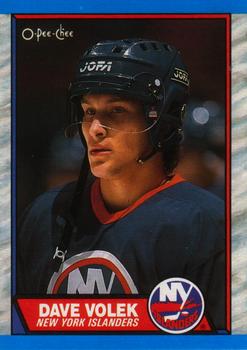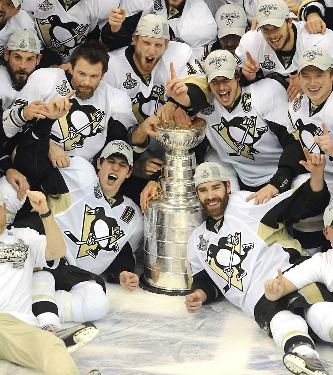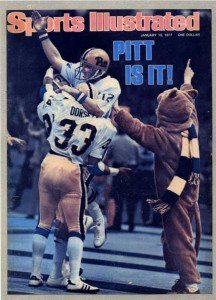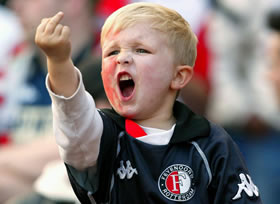The Economist’s Democracy in America blog did a pretty good job recently of refuting Malcolm Gladwell’s analogy betwixt dog-fighting and college football. It centers largely around the idea that by the time a boy has reached an age where concussions and micro-concussions really start to take a toll, he has enough agency to make the cost-benefit analysis concerning future glories/money vs health concerns.
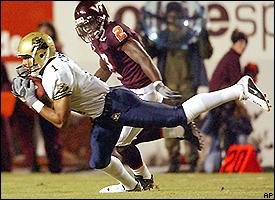
However, for me, DiA essentially buried the lede with a rather inane and insecure diatribe about its dislike for the sport of American Football in general:
Then there’s also the fact that American football is a stupid, tiresome sport. I will freely admit that it has taken me many decades to free my mind from the thrilling propaganda of NFL Films and see football for what it really is: hours of tedious milling-about punctuated occasionally by a few seconds of largely incoherent shoving and scrambling. When Canadians feel the need to change your game to make it less boring, there’s a problem with the game. American football is relatively unpopular internationally because it is inane, and slowly but surely doggedly provincial Americans are coming around to the superior form of football enjoyed passionately by billions around the globe.
I’m getting pretty tired that we seemingly can’t get past the point of trying to say that one sport is better than another. This is sport. American football, futbol, baseball, basketball – there are modern-day spectacles where we gather in our coliseums to watch our versions of gladiators. But it’s just sport! It’s entertainment. The need to praise one sport to the detriment of another strikes me as a very insecure and immature pursuit. It’s apples to footballs. Each sport defines prowess in different ways. The most honest attempt to rank one sport vs another will always be subjective.
Also, note to all those who love futbol and want to see it grow in the USA: don’t trash American football! Or baseball. Or basketball. Or even ice hockey. You’ll only come off as elitist and snobby. You won’t get football fans to see the beauty and grace of futbol. You won’t get them to care about outcomes concerning Liverpool or Manchester United or FC Barcelona or even the LA Galaxy.
Photo Credit: AP

